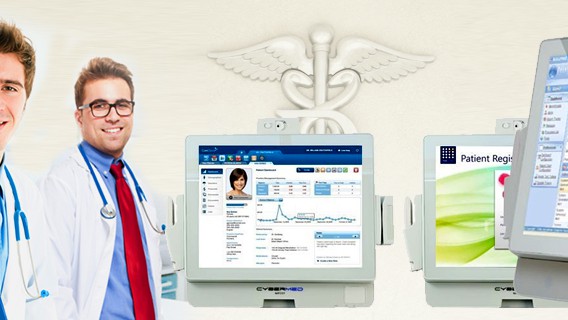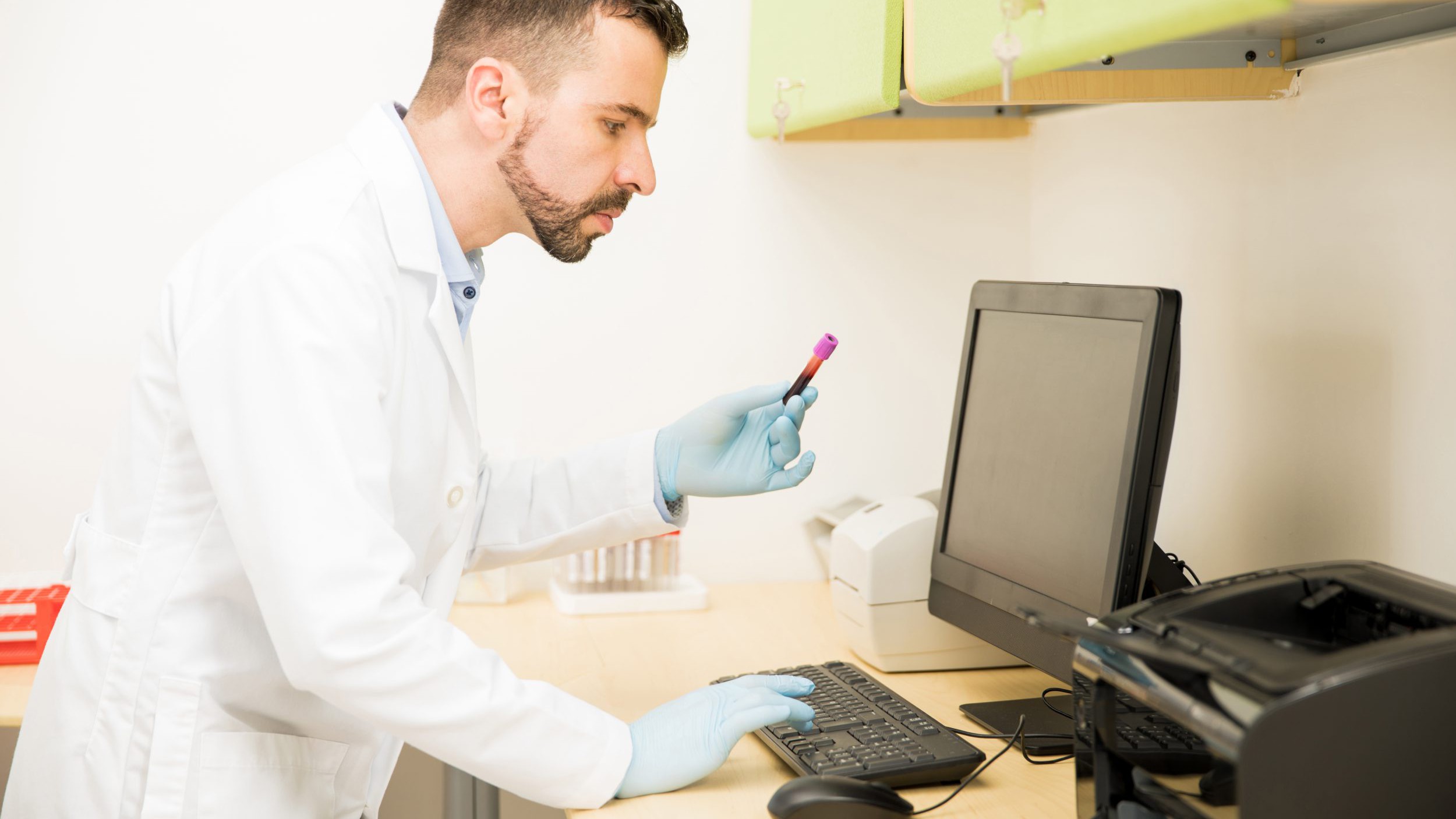If there’s one thing we’ve learned in times such as these where our healthcare systems are overwhelmed, it’s that consistent, carefully monitored care is essential for treating many of the ailments, both physical and mental, that affect those who seek healing. And as hospitals have continued to advance their care with technology such as medical computers, EHR records, and more, the goal has always been to create a fully optimized healthcare system, one that seamlessly transitions a patient from step to step in their journey from sick to healthy without a single hiccup. The goal has been, and will continue to be, the creation of a continuum of care.
What is Continuum of Care?
Article Guide
Like the name implies, continuum of care refers to maintaining continuous care for a patient as they move across multiple, different caregivers, procedures, care facilities, and treatments. The concept applies to patients of all swaths, but you’ll typically hear it used when dealing with patients such as the elderly or mentally ill, those who more regularly take advantage of healthcare services.
Continuum of care is achieved through obtaining a big-picture look at a patient and the journey that brought them to your facility. By understanding what treatments and tests the patient has already undergone at other facilities and through other providers, the next facility responsible for caring for them can pick up where the last left off, continuing their treatment without stopping to give out redundant tests and prescriptions.
Components of Continuum of Care
“Continuum of care” can mean different things to different facilities. For those performing surgery, it can mean providing consistent care from diagnosis to surgery to post-op rehabilitation. For facilities tasked with treating mental illnesses, it can mean tracking every step from diagnosis to meeting with a therapist to prescribing medicine and even physical care delivered outside of the therapist’s control by a primary care doctor.
Regardless of these discrepancies, there are a few universal components that are necessary to make any continuum of care program effective:
Concise Internal Communication
Patients, especially those with more intense conditions, need to be monitored and cared for by multiple nurses, physicians, and specialists as they transition from stage to stage. That said, concisely imparting the necessary information about a patient between internal staff is paramount to maintaining essential, continuous care. The more comprehensive caregivers are with their notes on a given patient, the less the next doctor or nurse has to spend mining for answers the patient has already given.
Organized Scheduling
Patients that require round-the-clock monitoring can’t be left alone while your staff struggles to find out who forgot they were on call or why so-and-so is leaving early. Having an organized schedule set in place with staff that’s adequately informed about who’s on call in case of an emergency is a given for being able to deliver continuous care.
Communication with External Providers
Patients with very specific ailments are likely going to need care from very specialized caregivers, many of which likely aren’t part of your network. In order to maintain continuous care for these patients as they transition into your facility, you’ll naturally need open lines of communication between your staff and those external providers.
Unfortunately, the healthcare sector isn’t particularly well known for seamless collaboration between different facilities and providers. This is especially true when discussing EHR compatibility issues many providers experience due to working on different ehr software. In fact according to Becker’s Hospital Review, 52% of hospitals neglect to use patient data from external providers because their EHR software won’t support data from outside their network.
What’s Needed to Start With Continuum of Care?
Continuum of care requires a healthcare facility to pay close attention to several aspects of their organization. Everything from hardware and software to policies and communication can be enhanced to improve the consistency with which you deliver care. The items we mention below are by no means an exhaustive list, but they are key points to pay attention to.
Long Lasting Medical Computers
A nurse or physician is often closely tied to their computer on wheels setup while they look after their patients. That makes perfect sense when you consider these computers house the EHR records staff members use to reference and store important notes. That said, the last thing a caregiver wants is to have that device unexpectedly shut down due to a drained battery. Medical computers designed to last an entire shift or more are an ideal solution for facilities hoping to eliminate any inefficiencies in how they look after their patients.
A battery powered computer, especially one with hot-swappable batteries that can be changed without powering down the device, provides multiple shifts’ worth of power, eliminating the possibility of a sudden shutdown that would otherwise leave your staff without the notes they need to care for a patient.
With several batteries being charged on standby, you can even hold onto more shifts’ worth of power in reserve, getting rid of the need to tether your crucial devices to a wall outlet when they find themselves in need of a recharge.
Telehealth Solutions
With cases of self-quarantine suddenly becoming much more prominent, telehealth tech solutions have become a required addition to a healthcare facility’s arsenal. If a patient requires continuous attention, their care can’t come to a screeching halt once they’re outside of your facility. In cases of quarantine or overloaded healthcare systems, patients need to be able to receive care even within the comfort of their own homes. The same can be said in cases where patients can’t share rooms with staff due to a contagious condition.
Fortunately, when dealing with remote care, there are a few pieces of hardware that one can invest in. Wearables, for example, can allow providers to monitor patient vitals even outside of the facility, allowing staff to tweak treatment plans based on patient improvement. Video chatting software that is HIPAA compliant can even let physicians remain in contact with patients remotely without fear of a cyberattack.
When dealing with contagious patients within the facility, a remote-controlled medical computer cart paired with a medical tablet or computer can allow doctors to perform tests/diagnostics without having to be present in the room.
Clinical Collaboration Tech
Much of the technology that can help you set up a telehealth presence can also be leveraged to improve your intra-network clinical collaboration systems. HIPAA compliant messaging apps, to take one example, allow physicians to share patient data with doctors outside of their facility without fear of that data being intercepted by a cybercriminal. Video chatting apps also open up the possibility of speaking face to face with the specialists your patient had visited prior to coming under your care.
If your patient requires digital pathology services, having the right hardware like high-end scanners and displays can also ensure the scans you send out to providers outside of your network are of enough quality that important details aren’t muddled or overlooked.
Internal Standardization
Of course, it’s important to ensure your own facility’s scheduling and continuum of care before fine-tuning your collaboration with others.
RFID hardware can be an easy-to-implement means of authenticating the identity of staff clocking in and out of work. Having this hardware linked to your scheduling applications can ensure team leaders have accurate, real-time updates on who’s available to alleviate other staff members who are off the clock or need a break.
Standardizing your note-taking practices can also cut down on misunderstandings between staff members within your own facility. Using a note-taking format such as SOAP notes can help do just that by separating notes into easily navigable sections that can be scanned through quickly for actionable patient information.
Continuum of Care is Something to Constantly Optimize For
Odds are it’s not possible to completely eliminate any and all unexpected blockages to delivering care. A space such as healthcare simply has too many variables to keep track of. The most healthcare facilities can do is eliminate the stopgaps they actually have control over such as miscommunication, inefficient hardware, and lacking clinical collaboration efforts. For more information on how your facility can combat all of these pain points, contact an expert at Cybernet today.
3 Unique Point of Care Uses for Medical Computers
December 1, 2017
The term "point of care" may be a little bit unclear, so let's start off with defining what that means. Point of care testing suggests any medical treatment that can be done specifically where the patient is located.…
0 Comments6 Minutes
How Medical Grade Computers Improve the Standard of Care in the Medical Profession
August 3, 2015
The face of the healthcare industry has changed drastically in the past decade. Now, the use of devices like medical grade computers in patient rooms, emergency rooms, and operating rooms have allowed healthcare service…
0 Comments6 Minutes
How Medical Software Improves Patient Care and Streamlines Provider Workflow
August 22, 2023
Medical software, like those found in a hospital’s medical computer or tablet, are programs that automate some process for the healthcare sector. EHR/EMR, telehealth/telemedicine, Remote Patient Monitoring (RPM),…
0 Comments6 Minutes
You Can't
Learn from a Pop-up
But we can deliver knowledge to your inbox!
We dive deep in the industry looking for new trends, technology, news, and updates. We're happy to share them with you.
Knowledge, News, and Industry Updates Right in Your Inbox





